Herman Miller’s height adjustable modular system brings a new level of individual choice to shared work environments.
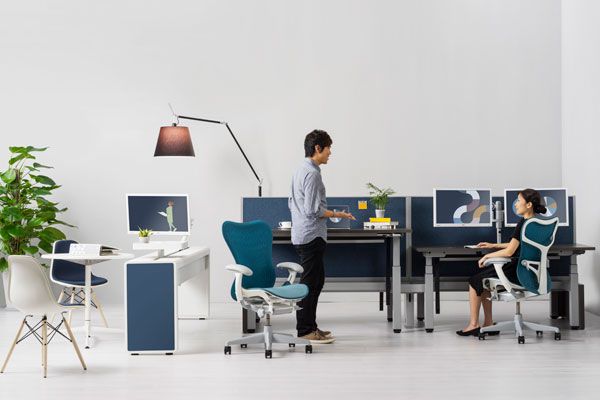
March 10th, 2016
Alternative solutions to the concept of ‘sitting down to work’ are woven into Herman Miller’s design history. In the 1960s, both Robert Propst and George Nelson pioneered the idea of alternative working positions. Propst designed a hybrid of a stool and chair he termed a ‘perch’, while Nelson, who enjoyed standing around at work and thought others might be similarly inclined, designed a stand-up roll top desk.
Today, sit/stand desks can increasingly be found in offices around the world, with many companies and individuals recognising the ergonomic and health benefits of designs that encourage greater movement and changes in posture at one’s desk.
Enter Augment. Herman Miller’s new height adjustable system is specifically designed for people who engage in individual work activities within close proximity to colleagues, and who desire variety and choice in their working posture throughout the day.
Augment makes moving between sitting and standing an intuitive and natural behaviour. Key to this is its ‘Intelligent Control’, a signature sensor that detects movement under or above the work surface to ensure a simple and seamless transition between sitting and standing. Heights can also be preset according to personal preference and need.
The Augment portfolio includes both freestanding and cluster configurations, allowing greater flexibility when designing large floor plans.
Herman Miller
hermanmiller.com
INDESIGN is on instagram
Follow @indesignlive
A searchable and comprehensive guide for specifying leading products and their suppliers
Keep up to date with the latest and greatest from our industry BFF's!
The new range features slabs with warm, earthy palettes that lend a sense of organic luxury to every space.
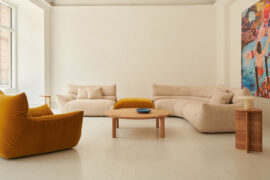
A curated exhibition in Frederiksstaden captures the spirit of Australian design

A longstanding partnership turns a historic city into a hub for emerging talent

London-based design duo Raw Edges have joined forces with Established & Sons and Tongue & Groove to introduce Wall to Wall – a hand-stained, “living collection” that transforms parquet flooring into a canvas of colour, pattern, and possibility.
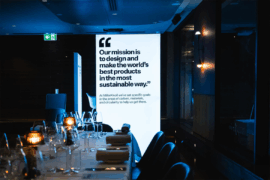
MillerKnoll reimagines the convention of dinner table interactions by plating up a future-forward menu of sustainable design conversation starters as part of the inspiring “Conversations for a Better World” event series.

The undeniable thread connecting Herman Miller and Knoll’s design legacies across the decades now finds its profound physical embodiment at MillerKnoll’s new Design Yard Archives.
The internet never sleeps! Here's the stuff you might have missed
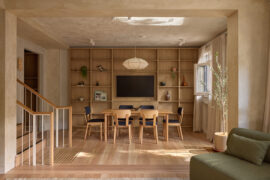
Merging residential living with the retail experience, the latest project from In Addition breathes new life into shopping for the home.

A multi-million dollar revitalisation of the heritage-listed venue at Brisbane’s beauty spot has been completed with The Summit Restaurant.
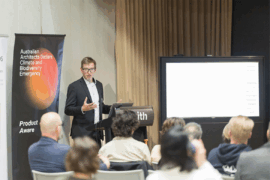
In a landscape clouded by data and greenwash, Product Aware offers architects and designers a common language for sustainability. Embraced by suppliers – including Milliken – it is setting a new benchmark for trust and bringing clarity and accountability to material specification.